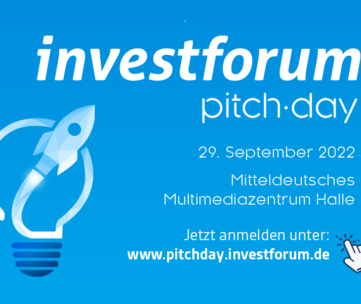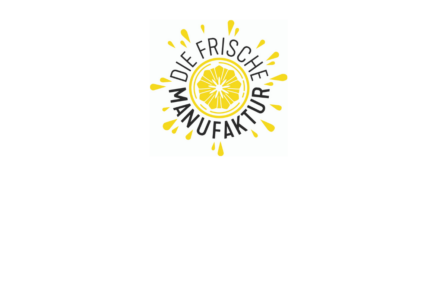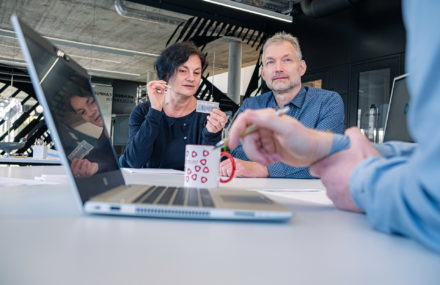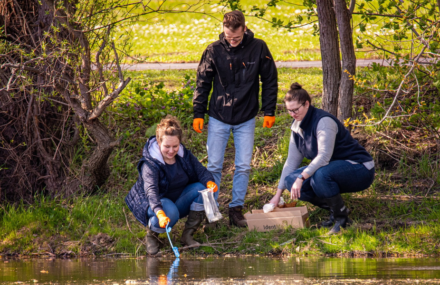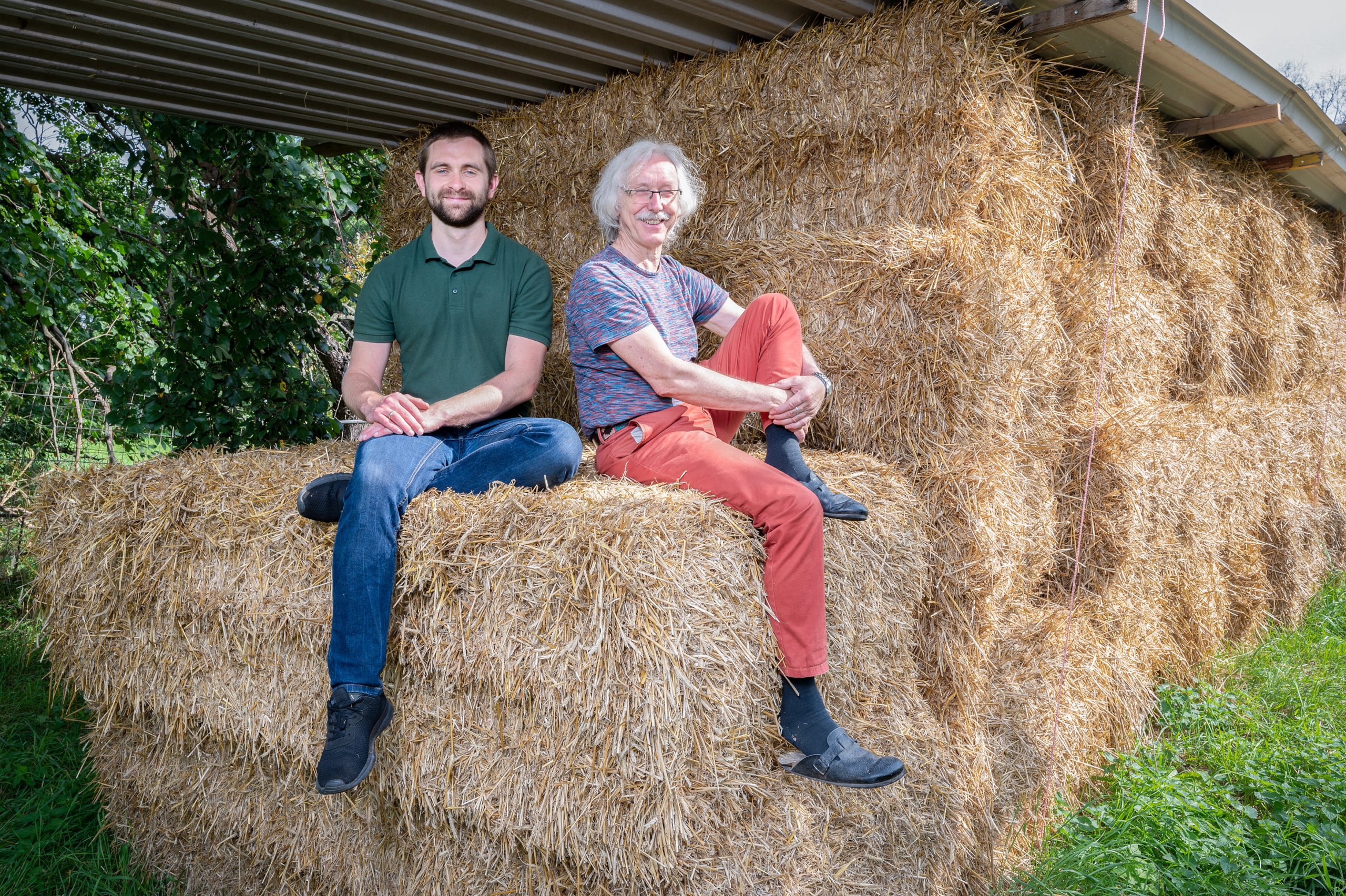
On the trail of straw bale construction: Werner Ehrich talks about the sustainable form of house construction.
Meeting point: Kleinkorbetha. To most people, the small village in the south of Saxony-Anhalt is probably rather unknown. However, here you will find amazing nature and an unforgettable idyll to linger and in the middle of it all is Werner Ehrich with his straw bales. In the beautifully green planted yard, close to the Saale, Werner Ehrich explains what straw bale construction is all about. He also talks about his current heart project, a Tiny House made of straw. Read the article to find out why it’s so special.
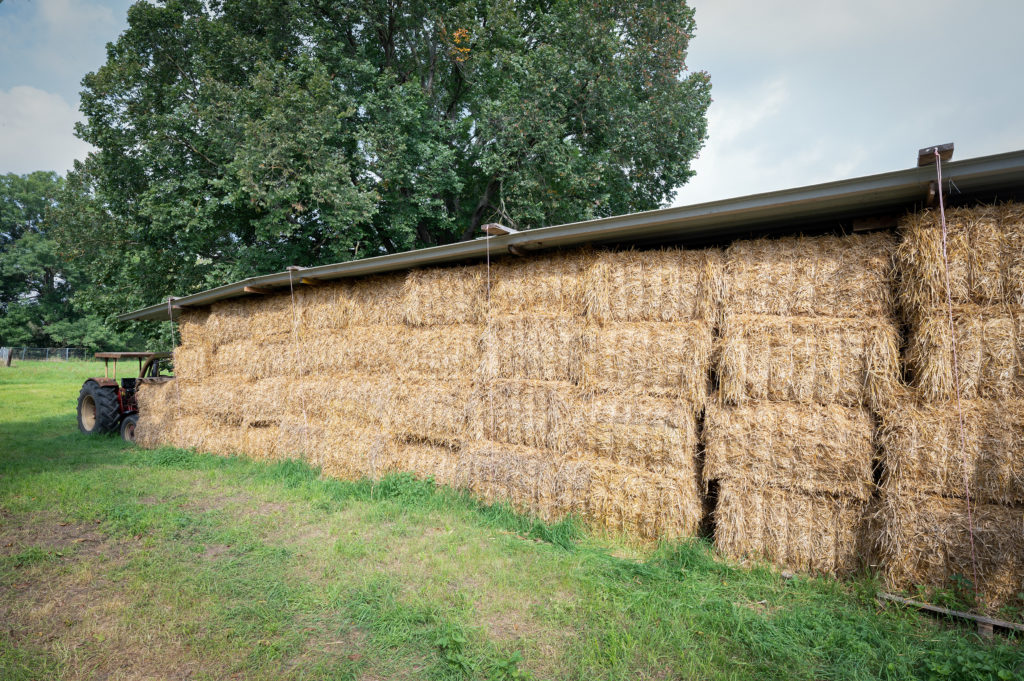
From a graduate engineer to a straw bale expert
In the interview, Werner Ehrich explains that sustainability also plays a very important role in his private life. His motto is “turn old into new”. The fact that he also attaches great importance to regional products is quite obvious. As a trained carpenter, he has been busy in the past years with carrying out environmentally oriented renovations of old buildings. Making old buildings new again was the ultimate for him, because this had a much better energy balance than new constructions. Or that’s what he thought at least.
I have rejected new construction in principle but the straw bale construction has then taught me otherwise.
Werner says
About 15 years ago, straw bale construction was still foreign to Werner Ehrich. But then, by chance, he became aware of the new, sustainable way of building houses. However, it was not love at first sight. As it is the case with almost every innovation, skepticism is great at the beginning and acceptance is low. This required a practical proof: a real straw bale house in Sieben Linden, which Werner Ehrich was able to work on, in order to convince himself that houses can really be built from straw. No sooner said than done! Gripped by fascination and a thirst for action, it was clear to Werner Ehrich: straw bale construction is the future!
Straw bale construction and its advantages
In order to convince even the last skeptics of straw bale house construction, a question about the special features of straw bale construction could not be missed. For Werner Ehrich, who deals with straw on a daily basis, the CO² balance of a straw bale house is unbeatable and many times better compared to conventional houses.1Compared to conventionally built houses, the construction of a straw bale house could save more than 10 tons of CO². Source: Minke/Krick, Handbuch Strohballenbau, 3rd ed. 2014, p. 29 In addition, the straw also absorbs CO², which ensures a “negative” overall balance.
Straw is a natural building material that is produced in large quantities as a waste material in agriculture and is thus regionally available.
Werner shares
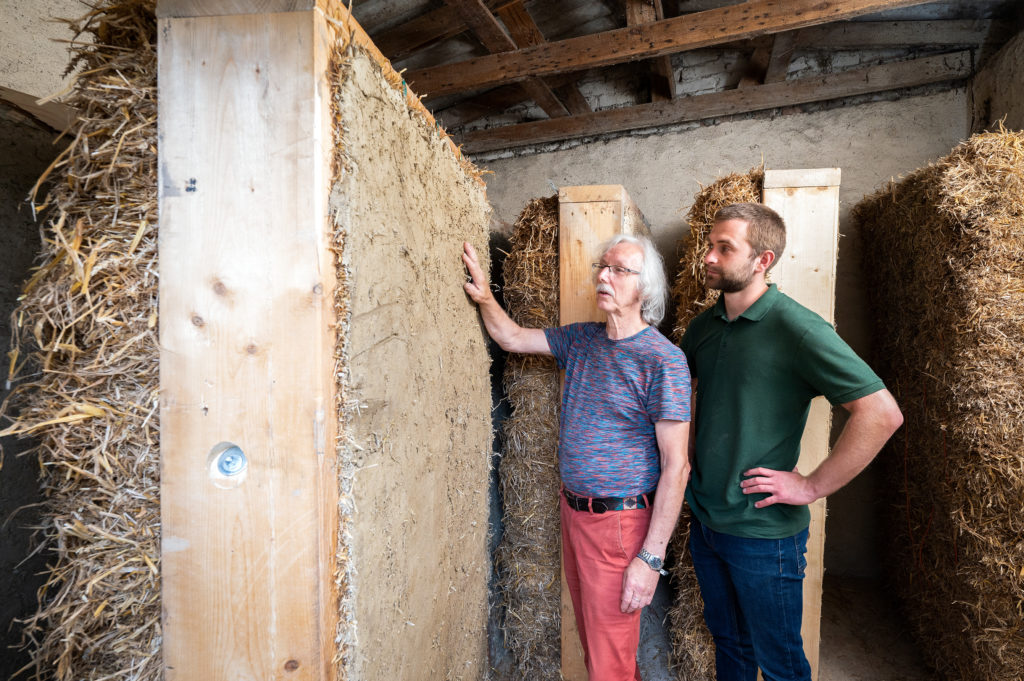
According to Werner Ehrich, 5-13 million tons of straw waste are produced every year. Astonishing 200,000 single-family homes could be built from 5 million tons of straw. Another significant advantage of straw relates to thermal insulation. The houses can “breathe” and perfectly regulate humidity and room temperature. Thus, it is not too hot in summer and not too cold in winter. Straw therefore not only ensures a healthy indoor climate, but also grows back every year and is therefore always available. Quite the opposite of wood, for example, which has recently become an increasingly sought after building material. A brief digression shows that while grain takes only several months from sowing to harvesting, it takes several decades for a tree to reach the size required to be cut down. 2Source: Familienbetriebe Land und Forst e.V. To draw the line back to the exclusive use of natural materials, clay and chalk join in. These materials are used to coat the straw. And should it ever come to the point that a straw house has to be dismantled again, the straw can be reused or even recycled which closes the cycle.
All in all, Werner Ehrich emphasizes that straw has all the qualities of a modern building material and can clearly compete with bricks.
The attention to straw and house building grows
The fact that the attention regarding straw bale construction is growing is also noticed by Werner Ehrich. Whereas a few years ago he was met with wide eyes, astonishment and ignorance when he spoke of a straw bale house, now press inquiries and publications in newspapers such as the “Sonntagsnachrichten” are announcing themselves. In addition, the number of example straw houses and the appearances of these on TV are growing. People’s reactions had also changed.
Now people say: Ah yes, I have heard of it before.
Werner is pleased so say
Valuable support from the Weinberg Campus Accelerator
Since November 2020, Werner Ehrich and his straw bale project have been active participants in the Weinberg Campus Accelerator. For him, it is not only the workshops that promote start-ups and the individual coaching sessions with industry experts that are decisive, but also the people behind the program. Because here he meets people who are just as enthusiastic as he is about straw bale construction and who actively support him in taking the project forward. The establishment and referral of contacts with actors from the Technologiepark Weinberg Campus, which are beneficial for the further development of the straw bale element, is also very helpful.
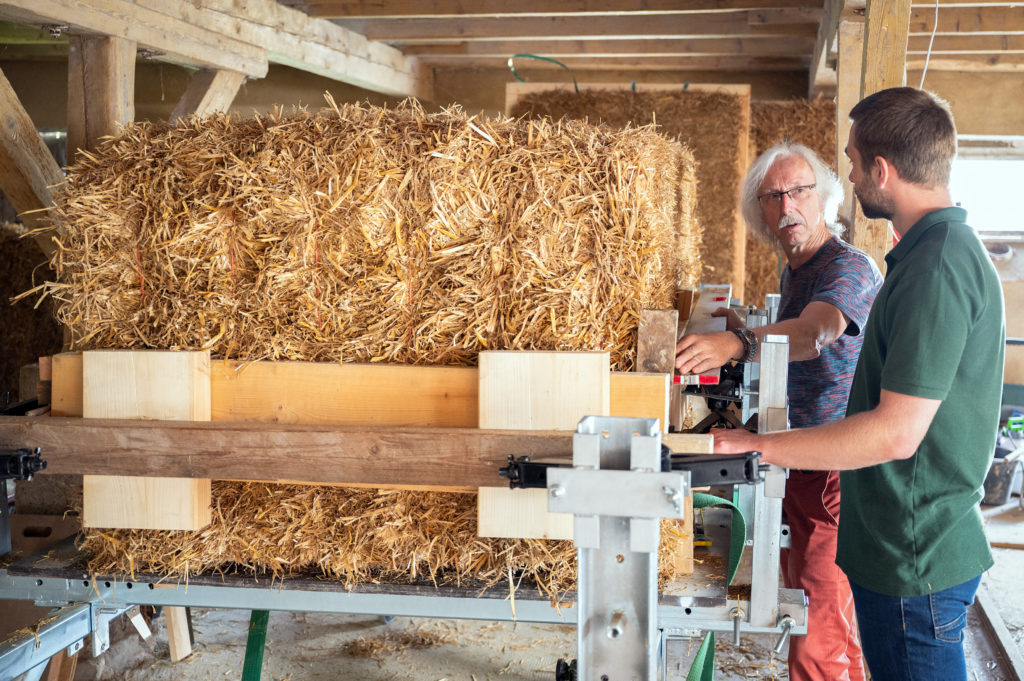
From an own patent to a Tiny house
Werner Ehrich already has a patent for his straw bale element. What follows next is the construction of his Tiny House in Kleinkorbetha. The Tiny House will have a total living space of 25sqm with a remarkable room height of 2.90m to 3.20m. For this, a total of 28 individual straw bale elements are necessary, which Werner Ehrich assembles alone together with Tim Junghanns, his partner. The special thing about the house, besides the straw, is the material used. Because in keeping with his sustainable lifestyle, he also relies on old materials here and does without new acquisitions.
My very big goal is to make the straw bale element suitable for mass production and to make it applicable for every type of construction.
Werner announces
We keep our fingers crossed and are curious to see how sustainable house construction will continue in the future and who will soon be living in one of Werner Ehrich’s straw bale houses themselves.
The Weinberg Campus Accelerator is part of the project “AIMS plus Startup & Growth Accelerator” and is funded by the EU and the Ministry of Economics, Science, and Digitalisation of Saxony-Anhalt.
Join us
Are you a founder yourself and need help bringing you startup forward? Get more information about the Weinberg Campus Accelerator.
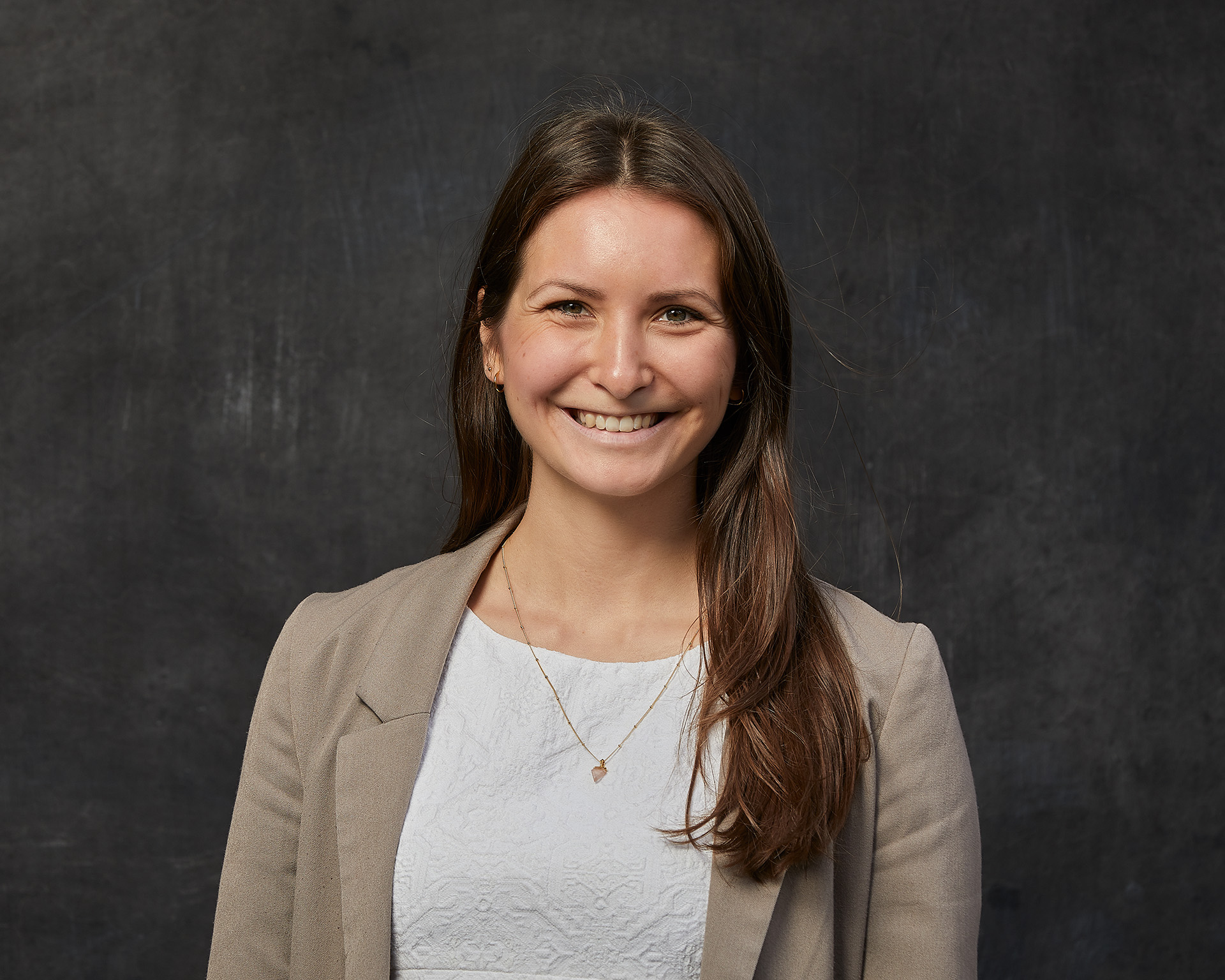
Author: Kathlen Bier
Online Marketing & Project Management
Follow us on Social Media
You might also be interested in
- IQ Innovationspreis Mitteldeutschland 2023
- Inventive spirit wanted in biotechnology!
- 2023 offers new opportunities for innovators and startups
- Weinberg Campus Accelerator is a partner at the INVESTFORUM Pitch Day
- Former Accelerator participant is doing very well: “The vision is evolving! – InLine-Med successfully closes seed financing round”






